
Enchanting Castle District: A Journey Through Time in Budapest
Explore the Castle District in Budapest: A historic gem with stunning architecture, museums, and breathtaking views over the Danube River.
The Castle District in Budapest is a captivating blend of history, culture, and stunning architecture. Perched on the Buda side of the Danube River, this UNESCO World Heritage site offers an unparalleled window into Hungary's rich heritage. As you wander through its cobblestone streets, you'll be transported back to a time when kings and queens roamed the halls of the magnificent Buda Castle. The area is famous for its medieval, baroque, and 19th-century architecture, all of which have been beautifully preserved. Beyond the architectural splendor, the Castle District is home to a variety of museums, such as the Hungarian National Gallery and the Budapest History Museum, which offer deep dives into the city's past. Don't miss the Matthias Church, a stunning Gothic structure with a colorful tiled roof that has been the site of several coronations and royal weddings. The Fisherman's Bastion nearby provides some of the best panoramic views of Budapest, perfect for capturing those unforgettable travel photos. The Castle District is not just about history; it's also a vibrant area filled with charming cafes, restaurants, and boutique shops. Enjoy a leisurely meal at one of the local eateries, where you can savor traditional Hungarian dishes paired with exquisite local wines. As you explore, you'll find hidden courtyards and gardens, each with its own story to tell. Whether you're a history buff, a culture enthusiast, or simply looking for a picturesque place to spend your day, the Castle District has something to offer everyone.
Local tips in Castle District
- Wear comfortable shoes as the cobblestone streets can be uneven and require a fair bit of walking.
- Visit early in the morning or late in the afternoon to avoid the crowds and enjoy a more peaceful experience.
- Take the funicular from the Buda side of the Chain Bridge for a scenic and convenient way to reach the Castle District.
- Don't miss the evening light show at the Buda Castle, which offers a magical view of the illuminated buildings.
- Check the local schedule for events and festivals that often take place in the Castle District, adding an extra layer of excitement to your visit.
Enchanting Castle District: A Journey Through Time in Budapest
The Castle District in Budapest is a captivating blend of history, culture, and stunning architecture. Perched on the Buda side of the Danube River, this UNESCO World Heritage site offers an unparalleled window into Hungary's rich heritage. As you wander through its cobblestone streets, you'll be transported back to a time when kings and queens roamed the halls of the magnificent Buda Castle. The area is famous for its medieval, baroque, and 19th-century architecture, all of which have been beautifully preserved. Beyond the architectural splendor, the Castle District is home to a variety of museums, such as the Hungarian National Gallery and the Budapest History Museum, which offer deep dives into the city's past. Don't miss the Matthias Church, a stunning Gothic structure with a colorful tiled roof that has been the site of several coronations and royal weddings. The Fisherman's Bastion nearby provides some of the best panoramic views of Budapest, perfect for capturing those unforgettable travel photos. The Castle District is not just about history; it's also a vibrant area filled with charming cafes, restaurants, and boutique shops. Enjoy a leisurely meal at one of the local eateries, where you can savor traditional Hungarian dishes paired with exquisite local wines. As you explore, you'll find hidden courtyards and gardens, each with its own story to tell. Whether you're a history buff, a culture enthusiast, or simply looking for a picturesque place to spend your day, the Castle District has something to offer everyone.
Iconic landmarks you can’t miss
Castle District
Immerse yourself in the historical allure of Budapest's Castle District, where stunning architecture and rich culture converge for a memorable experience.
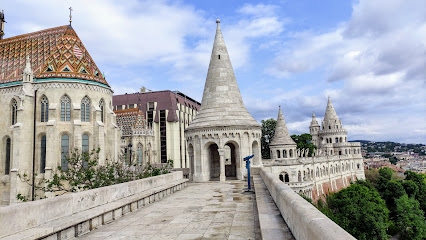
Fisherman's Bastion
Discover the enchanting Fisherman's Bastion in Budapest, a historical fortress offering stunning views and rich cultural heritage.
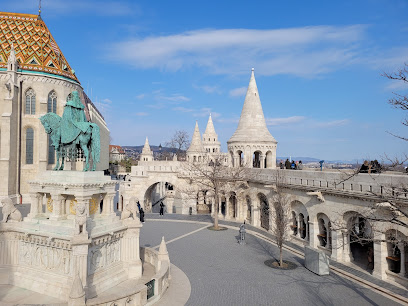
Buda Castle
Discover Buda Castle, a UNESCO World Heritage Site in Budapest, combining stunning architecture, rich history, and breathtaking views of the Danube River.
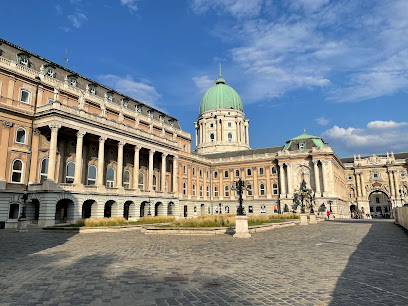
Vajdahunyad Castle
Discover the architectural wonder of Vajdahunyad Castle in Budapest, a historical site blending various styles set in a picturesque park.
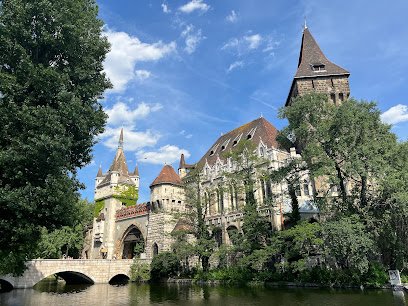
Labyrinth
Explore Budapest's hidden depths at the Labyrinth, an underground museum filled with history, mystery, and captivating tales.
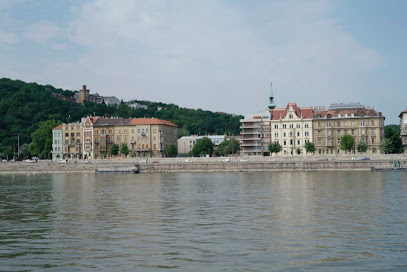
Gatehouse Tower
Explore the breathtaking Gatehouse Tower in Budapest, a stunning blend of architectural styles set in the enchanting Vajdahunyad Castle amidst City Park.
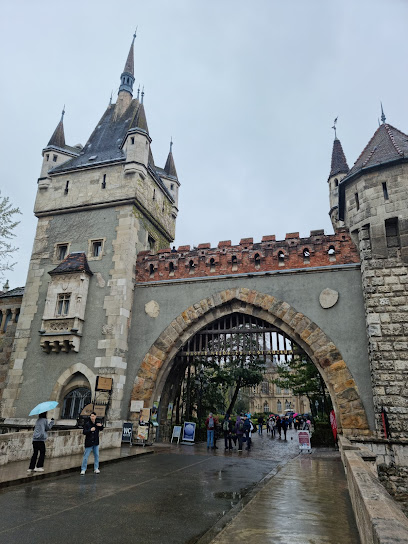
Sándor Károlyi de Nagykároly
Visit Sáandor Károlyi de Nagykároly Castle in Budapest for a captivating journey through history and breathtaking architectural beauty.
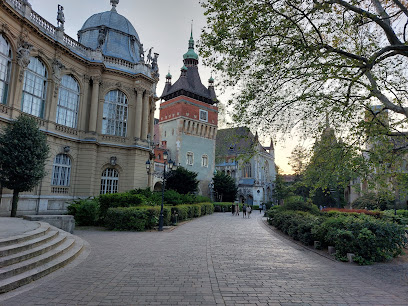
Church tower
Discover the majestic Matthias Church Tower in Budapest, a stunning Gothic landmark offering rich history and breathtaking views of the cityscape.
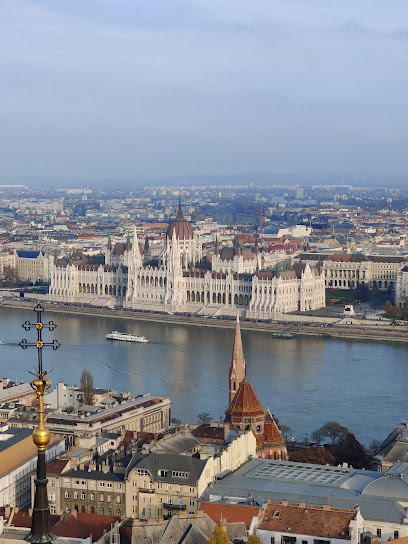
Statue of Pope Innocent XI
Discover the Statue of Pope Innocent XI in Budapest, a historic landmark blending beauty, culture, and tranquility amidst stunning architecture.
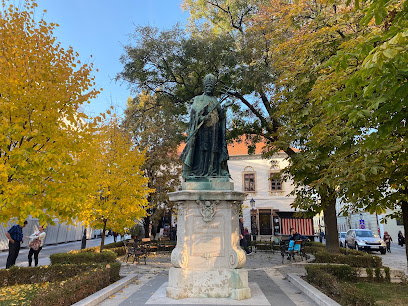
Castle Hill map
Explore the historic Castle Hill in Budapest, home to the Royal Palace, stunning views, and charming streets that evoke the city's rich cultural heritage.
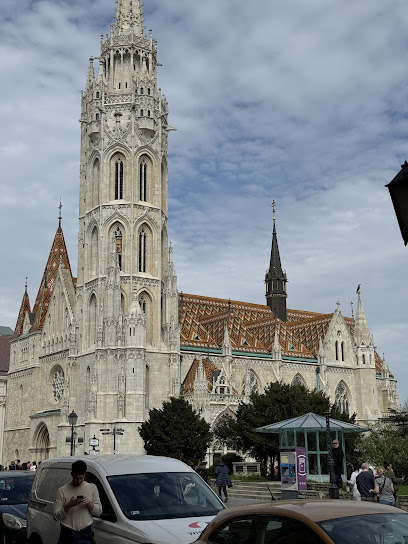
Unmissable attractions to see
Castle District
Explore Budapest's Castle District, a UNESCO World Heritage site filled with history, stunning architecture, and breathtaking views of the city.
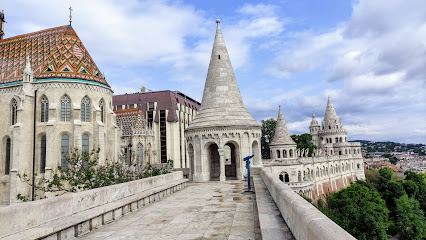
The Church of Our Lady of Buda Castle
Discover the breathtaking beauty and rich history of The Church of Our Lady of Buda Castle, a stunning Gothic masterpiece in Budapest's historic district.

Várkert Bazár
Explore Várkert Bazár, Budapest's enchanting cultural center and historical landmark, offering stunning views and vibrant events in a serene setting.
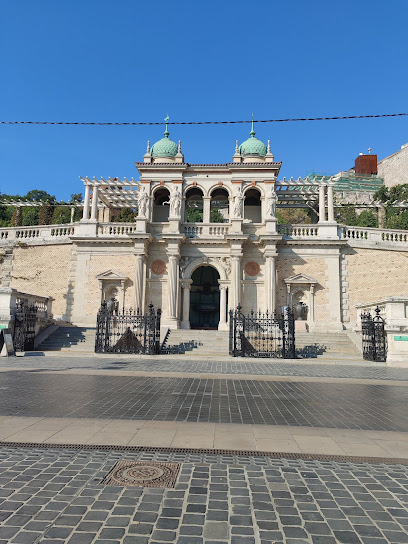
Labyrinth
Discover the mysteries of Budapest’s Labyrinth, an enchanting underground attraction filled with history and intrigue, perfect for adventurous tourists.
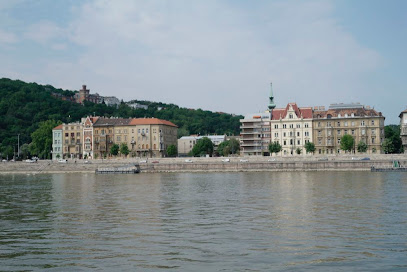
Budapest History Museum / Castle Museum
Explore Budapest's past at the Budapest History Museum, where history comes alive through captivating exhibits and stunning architecture.
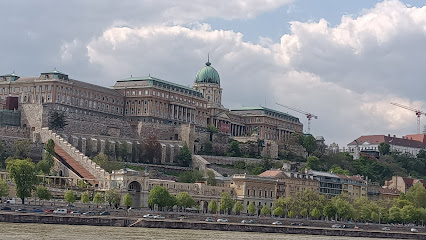
Gatehouse Tower
Discover the stunning Gatehouse Tower, an architectural gem in Budapest's Vajdahunyad Castle, showcasing the city's rich history and breathtaking views.
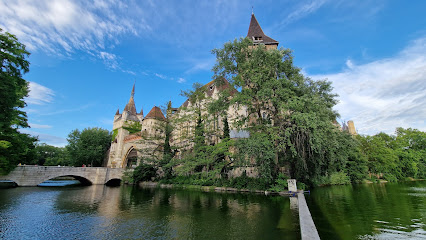
Fountain of the Fishing Children
Explore the Fountain of the Fishing Children, a historical sculpture in Budapest that embodies childhood joy and artistic beauty amidst stunning surroundings.
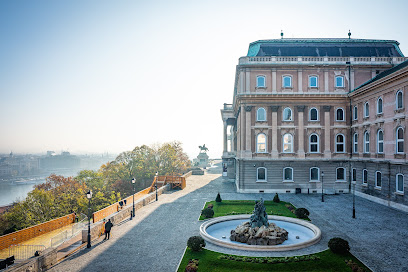
Church tower
Explore the stunning Matthias Church Tower in Budapest, a historical landmark that offers breathtaking views and rich cultural heritage.
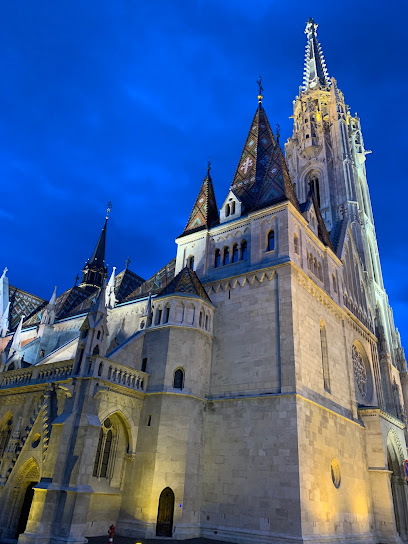
Statue of Pope Innocent XI
Explore the Statue of Pope Innocent XI in Budapest's District I, a tribute to history and artistry amidst stunning architectural beauty.
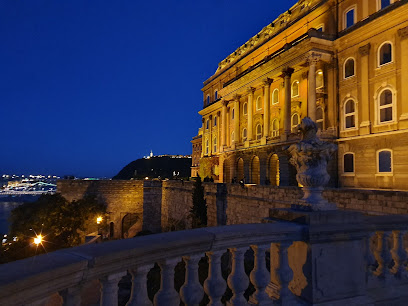
Castle Hill map
Experience the rich history and breathtaking views at Castle Hill, Budapest's iconic UNESCO World Heritage site that offers a glimpse into Hungary's royal past.

Essential places to dine
Mazel Tov
Experience Mediterranean flavors at Mazel Tov in Budapest - where lush ambiance meets delicious cuisine.
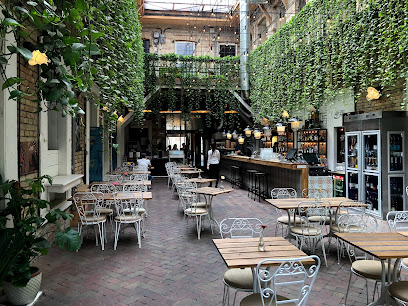
Jamie Oliver's Italian Budapest
Experience authentic Italian cuisine at Jamie Oliver's Italian Budapest - where tradition meets flavor in a vibrant setting.
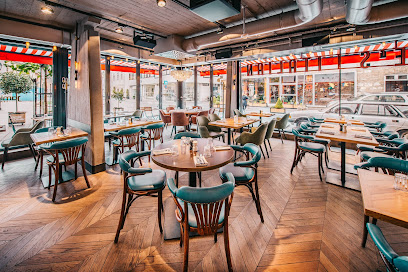
Lánchíd Söröző
Discover authentic Hungarian cuisine at Lánchíd Söröző near Budapest's iconic Chain Bridge.
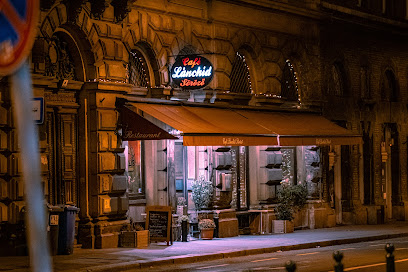
Ildikó Konyhája
Discover authentic Hungarian flavors at Ildikó Konyhája – where tradition meets taste in the heart of Budapest.
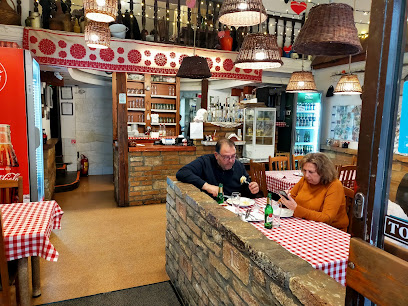
21 - Magyar Vendéglő - Hungarian bistro
Experience authentic Hungarian flavors at 21 - Magyar Vendéglő in Budapest; where tradition meets culinary artistry.
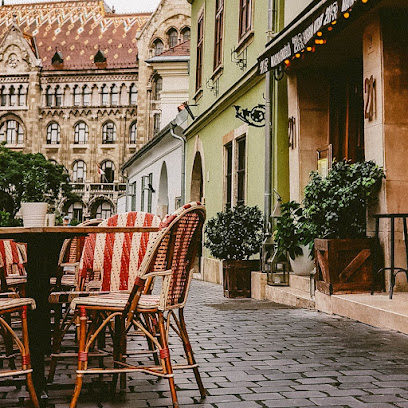
Ramazuri Bistronomy
Experience innovative Hungarian cuisine at Ramazuri Bistronomy, where tradition meets modern culinary art in the heart of Budapest.
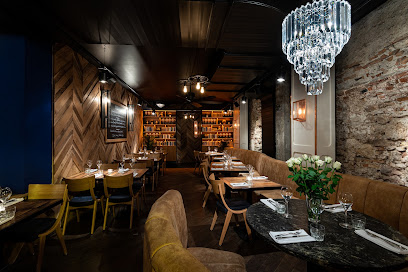
Marischka Restaurant
Savor the rich flavors of Hungary at Marischka Restaurant in Budapest – where tradition meets taste.
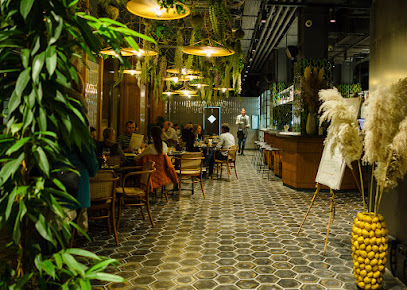
Aranybástya
Discover Aranybástya: A premier dining destination in Buda Castle offering exquisite Hungarian cuisine with breathtaking views.
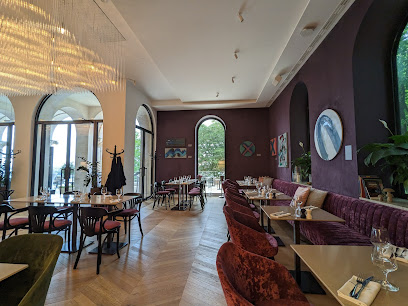
Main Guardhouse
Experience authentic Hungarian cuisine and rich history at the Main Guardhouse, where every bite tells a story.
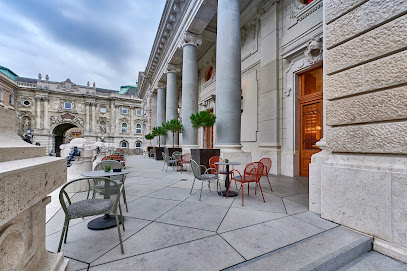
Baltazár Grill Restaurant in the Buda Castle
Experience authentic Hungarian flavors at Baltazár Grill Restaurant in Buda Castle—where tradition meets culinary excellence.
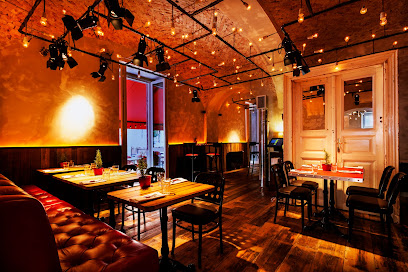
Markets, malls and hidden boutiques
The Biggest Souvenir Shop-Market in Budapest
Explore Budapest's largest souvenir shop-market, where unique gifts and traditional crafts celebrate Hungarian culture and heritage.

Retrock Designer Vintage Store
Discover unique vintage fashion at Retrock Designer Vintage Store in Budapest, where every piece has a story and style awaits.
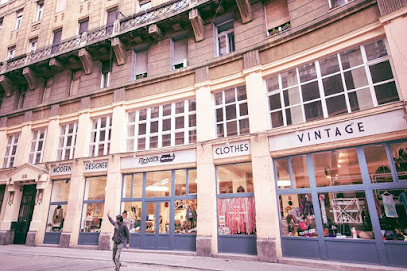
Printa Design Shop
Explore the unique blend of art, fashion, and gifts at Printa Design Shop in Budapest, a must-visit for creative souls.
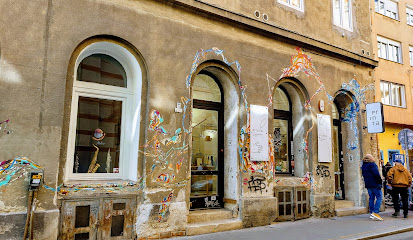
Memories of Hungary
Explore unique Hungarian souvenirs at Memories of Hungary, a charming gift shop in the heart of Budapest's historic district.
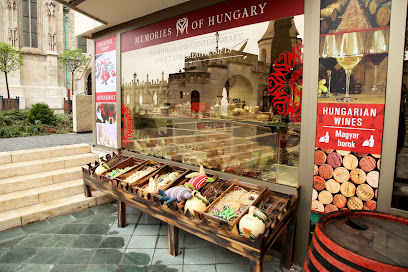
Buda Castle Souvenir
Discover authentic Hungarian gifts and souvenirs at Buda Castle Souvenir, a treasure trove of culture in the heart of Budapest.
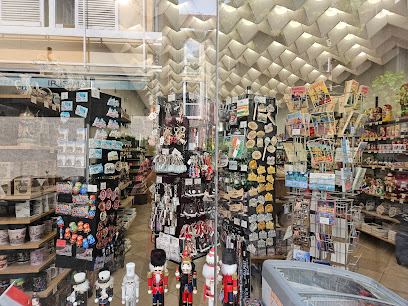
Ludovika
Discover timeless fashion at Ludovika, Budapest's premier vintage clothing store, where every piece tells a unique story.
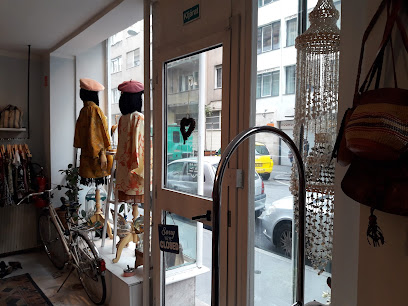
Szimpla Design Shop
Explore the Szimpla Design Shop in Budapest for unique gifts that celebrate local culture and artistry, perfect for memorable souvenirs.
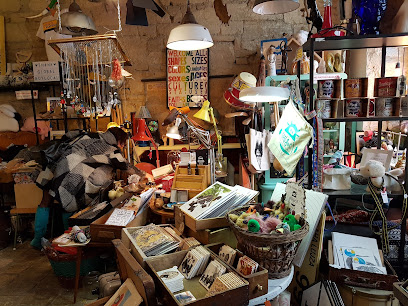
Memories of Hungary - Art and Design
Explore the charm of Hungary through unique, handcrafted souvenirs at Memories of Hungary, a hidden gem in the heart of Budapest.

Hungrian Shopping Markets
Discover the charm of the Hungarian Shopping Markets, where local crafts and culinary delights await every curious traveler in Budapest.
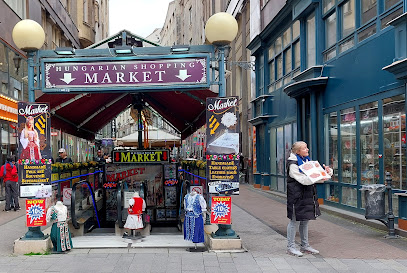
Treasure Budapest
Discover unique fashion pieces at Treasure Budapest, a clothing store in the heart of the city that reflects Budapest's vibrant culture and style.

Essential bars & hidden hideouts
Szimpla Kert
Experience the vibrant ambiance of Szimpla Kert, Budapest's iconic ruin pub, where culture, creativity, and community come together in a unique setting.
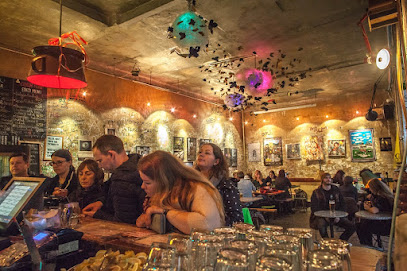
For Sale Pub
Discover the lively ambiance and authentic Hungarian flavors at For Sale Pub, a must-visit destination in the heart of Budapest.
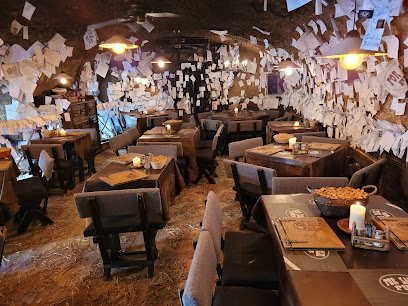
Ruin Bars Budapest
Experience the eclectic charm of Budapest's Ruin Bars, where history meets nightlife in a uniquely artistic setting.
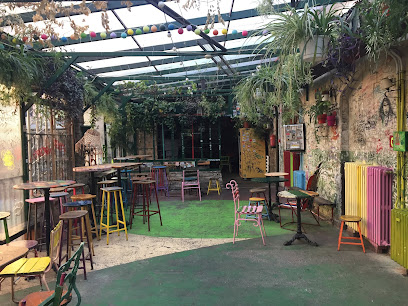
Lánchíd Söröző
Discover the essence of Hungarian cuisine at Lánchíd Söröző, a charming eatery in Budapest's Castle District, perfect for a delightful dining experience.
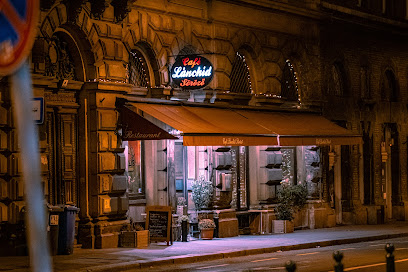
Leo Rooftop Budapest
Discover the ultimate rooftop experience in Budapest at Leo Rooftop, where stunning views, exquisite cocktails, and modern European cuisine meet.
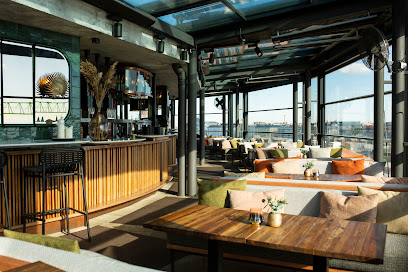
Red Ruin
Discover the nostalgic Soviet-themed bar, Red Ruin, in Budapest - a unique nightlife experience filled with vintage charm and great drinks.
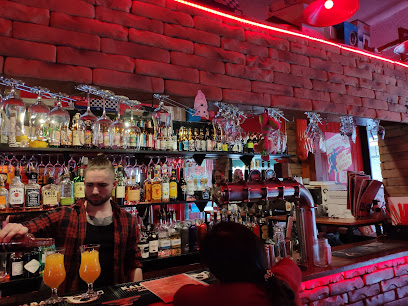
Hotsy Totsy Budapest
Discover Hotsy Totsy in Budapest, where expertly crafted cocktails meet a vibrant atmosphere, perfect for unforgettable nights out.
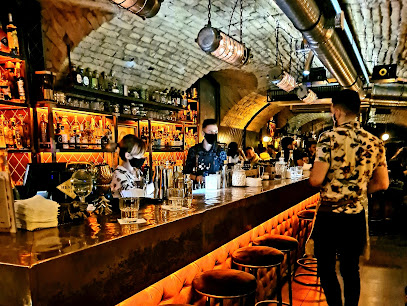
Tuk Tuk Bar
Discover the eclectic charm of Tuk Tuk Bar, a vibrant cocktail haven in Budapest offering unique drinks and a lively atmosphere.
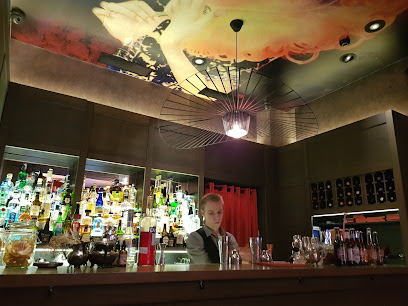
Rabbit Hole Bar & Café
Experience Budapest's vibrant nightlife at Rabbit Hole Bar & Café, where craft cocktails, artisanal coffee, and a cozy atmosphere await.
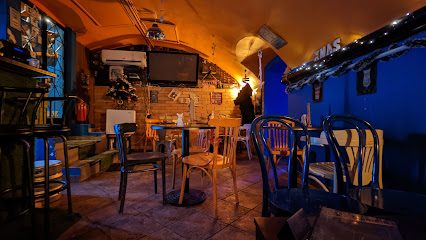
Bar pharma
Discover Budapest's vibrant nightlife at Bar Pharma, where innovative cocktails and a lively atmosphere await every visitor.
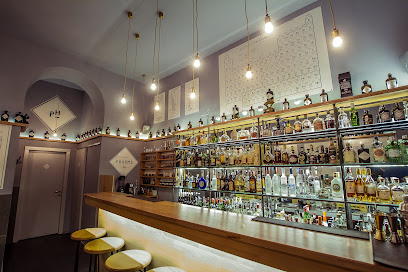
Local Phrases
-
- HelloHelló
[heh-loh] - GoodbyeViszontlátásra
[vee-zont-la-tash-ra] - YesIgen
[ee-gen] - NoNem
[nem] - Please/You're welcomeKérem
[keh-rem] - Thank youKöszönöm
[kur-zur-nurm] - Excuse me/SorryElnézést
[el-nay-zayst] - How are you?Hogy van?
[hoj vahn] - Fine. And you?Jól vagyok. És te?
[yol vah-dyok. ays teh?] - Do you speak English?Beszélsz angolul?
[be-sayl-s ang-o-lool] - I don't understandNem értem
[nem ayr-tem]
- HelloHelló
-
- I'd like to see the menu, pleaseSzeretnék megnézni a menüt, kérem
[seh-reht-nayk meh-nyez-nee ah meh-nooht, keh-rem] - I don't eat meatNem eszem húst
[nem es-em hoo-st] - Cheers!Egészségedre!
[ay-gays-say-ged-reh] - I would like to pay, pleaseFizetnék, kérem
[fee-zet-nayk, keh-rem]
- I'd like to see the menu, pleaseSzeretnék megnézni a menüt, kérem
-
- Help!Segítség!
[sheh-geet-sayg] - Go away!Menj el!
[men yel] - Call the Police!Hívj rendőrt!
[heev y ren-durt] - Call a doctor!Hívj orvost!
[heev y or-vosht] - I'm lostEl vagyok tévedve
[el vah-dyok tay-ved-veh] - I'm illBeteg vagyok
[beh-teg vah-dyok]
- Help!Segítség!
-
- I'd like to buy...Szeretnék vásárolni...
[seh-reht-nayk vah-sha-rohl-nee] - I'm just lookingCsak nézelődöm
[chak nay-zeh-loh-dohm] - How much is it?Mennyibe kerül?
[men-yee-beh keh-rool] - That's too expensiveTúl drága
[tool dra-gah] - Can you lower the price?Le tudnád engedni az árat?
[leh tood-nahd eng-ed-nee ahz ah-raht]
- I'd like to buy...Szeretnék vásárolni...
-
- What time is it?Hány óra van?
[han oh-rah vahn] - It's one o'clockEgy óra van
[edj oh-rah vahn] - Half past (10)Fél (tíz) óra
[fayl teez oh-rah] - MorningReggel
[re-gel] - AfternoonDélután
[del-oo-tahn] - EveningEste
[es-teh] - YesterdayTegnap
[teg-nap] - TodayMa
[mah] - TomorrowHolnap
[hol-nap] - 1Egy
[edj] - 2Kettő
[ket-toh] - 3Három
[ha-rom] - 4Négy
[nayg] - 5Öt
[oht] - 6Hat
[hat] - 7Hét
[hayt] - 8Nyolc
[nyoltz] - 9Kilenc
[ke-lents] - 10Tíz
[teez]
- What time is it?Hány óra van?
-
- Where's a/the...?Hol van a ...?
[hol vahn ah ...?] - What's the address?Mi a cím?
[mee ah cheem] - Can you show me (on the map)?Megmutatnád (a térképen)?
[meg-moo-tat-nahd ah tair-kay-pen] - When's the next (bus)?Mikor jön a következő (busz)?
[me-kor yern ah ke-vek-keh-zoh bus] - A ticket (to ....)Egy jegyet (....ig), kérem
[edj yeg-yet ....eeg, keh-rem]
- Where's a/the...?Hol van a ...?
History of Castle District
-
The Castle District, known as Várnegyed, has its origins in the early 13th century when King Béla IV built a fortress following the Mongol invasion of Hungary in 1241. The strategic importance of the area was evident, as it served as the royal residence and the administrative center of Buda, establishing a foundation for what would become a significant cultural and political hub.
-
In the 14th century, the Castle District flourished under the reign of Louis the Great, who transformed the Royal Palace into a grand Gothic structure. This period saw the establishment of the first permanent royal court in Hungary. The palace complex underwent various renovations, showcasing the evolution of architectural styles from Gothic to Renaissance and Baroque, reflecting the changing tastes of the Hungarian monarchy.
-
The Castle District faced significant changes during the 16th and 17th centuries with the Ottoman conquest of Buda in 1541. The area became a center for Turkish administration and culture, leading to the construction of mosques and baths. The blending of Islamic and Christian cultures during this time left a lasting impact on the architecture and social fabric of the district.
-
Following the end of Ottoman rule in 1686, the Habsburgs began a major reconstruction of the Castle District. This period, particularly the 18th century, saw a revival of Baroque architecture, exemplified by the rebuilding of the Royal Palace and the addition of the Matthias Church, which features stunning stained glass windows and a beautifully tiled roof. The area became a symbol of Habsburg power and influence in Hungary.
-
The Castle District suffered extensive damage during World War II, particularly during the Siege of Budapest in 1944-1945. Many historical buildings were destroyed or severely damaged. Post-war reconstruction efforts aimed to restore the district's heritage while modernizing its infrastructure, leading to a delicate balance between preservation and development.
-
In 1987, the Castle District was designated as a UNESCO World Heritage Site, recognizing its historical significance and architectural beauty. This status has spurred efforts to preserve its cultural heritage while promoting tourism. The district is now home to numerous museums, galleries, and cultural institutions, making it a vibrant part of Budapest's identity, reflecting both its rich history and contemporary cultural landscape.
Castle District Essentials
-
Castle District is easily accessible from various neighborhoods in Budapest. The most convenient way to reach the district is by using public transport. From Deák Ferenc tér (the city center), you can take the Metro Line 2 (the red line) to Széll Kálmán tér, followed by tram number 59 or 61, which will take you to the foot of the Buda Castle hill. Alternatively, you can take bus number 16 from Deák Ferenc tér, which also goes directly to the district. Taxis and ride-sharing services are also available throughout the city.
-
Castle District is best explored on foot due to its cobbled streets and historic charm. Many of the main attractions, such as Buda Castle, Matthias Church, and Fisherman’s Bastion, are within walking distance. If you prefer not to walk, you can use the local bus service (bus 16) that operates within the district. Bicycles can be rented from various bike-sharing services in the city, but be cautious as the area can be hilly.
-
Castle District is generally safe for tourists. However, it is advisable to take standard safety precautions, such as keeping your belongings secure and being aware of your surroundings. While the area is typically low in crime, petty theft can occur, especially in crowded tourist spots. It is best to avoid poorly lit areas at night and be cautious around the outskirts of the district, particularly near the Danube River.
-
In case of emergencies, dial 112 for immediate assistance in Hungary. For police assistance, you can also call the local police at 107. Medical emergencies can be addressed by visiting the nearest hospital, with several located in the city. It’s advisable to have travel insurance that covers medical emergencies and to locate the nearest pharmacy for minor health issues.
-
Fashion: Do dress modestly when visiting religious sites, such as Matthias Church. Avoid wearing overly casual attire. Religion: Do respect local customs; cover your shoulders and knees when entering churches. Public Transport: Do be courteous to other passengers; it is customary to give up your seat to elderly or disabled individuals. Don't eat or drink on public transport. Greetings: Do greet locals with a friendly 'Szia' or 'Jó napot' (good day). A handshake is common. Eating & Drinking: Do try local specialties such as chimney cake (kürtőskalács) and goulash. Don't refuse offers of food or drink from locals, as it can be seen as impolite.
-
To experience Castle District like a local, consider visiting during the early morning or late afternoon to avoid crowds. Explore the side streets and lesser-known cafes for authentic Hungarian cuisine and coffee. Attend local events or festivals if your visit coincides with them, as they often showcase Hungarian culture and traditions. Engaging with local artisans and shopkeepers can provide insights into the district's rich history. Don't miss the chance to enjoy the panoramic views of the city from Fisherman’s Bastion, especially during sunset.
Nearby Cities to Castle District
-
Things To Do in Vac
-
Things To Do in Tatabanya
-
Things To Do in Szekesfehervar
-
Things To Do in Kecskemet
-
Things To Do in Salgotarjan
-
Things To Do in Veszprem
-
Things To Do in Gyor
-
Things To Do in Eger
-
Things To Do in Banská Bystrica
-
Things To Do in Trnava
-
Things To Do in Miskolc
-
Things To Do in Keszthely
-
Things To Do in Bratislava
-
Things To Do in Szeged
-
Things To Do in Subotica













